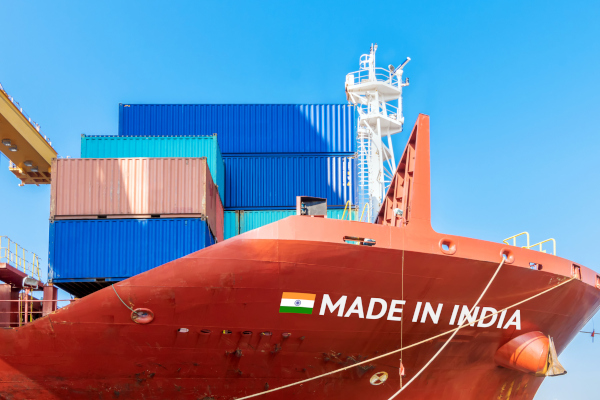Global Apparel Retailers Better Positioned for Supply Chain Diversification
Environmental and social production risks in emerging markets are a major hurdle for smaller players
Companies across sectors are increasingly shifting manufacturing away from China in an effort to reduce vulnerability and exposure to rising labor costs. The risks associated with these diversification strategies, however, have proven costly for some.
Research from Moody’s finds that large global apparel companies may fare the best when diversifying as they are relatively well-positioned to cope with increased costs and compliance requirements. Discount brands and smaller companies with low margins and high reliance on emerging markets face a costlier uphill battle.
E&S guidelines drive long-term credit risk
One of the largest challenges for companies looking to diversify their supply chains is the increasing scrutiny on responsible production risks. A growing focus on visibility has put apparel retailers and distributors in the spotlight, a sector that is especially susceptible to environmental and social (E&S) risks due to its long and fragmented value chain with thousands of suppliers around the world. The report found that more than 80% of rated apparel issuers have high credit exposure to responsible production risk.
The risk is further increased as companies shift production away from China to emerging markets that are at different stages of developing and enforcing E&S guidelines. According to the report, among the 10 largest apparel-exporting countries, Poland is best positioned in both E&S rules and enforcement, while emerging Asian countries and China lag behind. The tradeoff is that labor costs in production centers outside emerging Asia are higher.
Plus, the latest EU regulations on supply chain due diligence and deforestation place further pressure on rising operating expenses, reputational risk, and opportunity cost. The more requirements on supplier qualification, supply chain monitoring and raw material sustainable sourcing, the higher input and compliance costs. In addition, as more global apparel brands make commitments to net zero or sustainability, they could be subject to regulatory actions and public pushback if they fail to take action to back up these claims, hurting their brand value and their credit strength.
Supply chain resiliency key to diversification
Whether you’re a global player or discount retailer, creating a diverse supply chain comes with significant challenges. The key going forward will be understanding how much resiliency your supply chain needs to survive disruptions. Gartner recommends evaluating six factors when exploring diversification strategies, including:
- Risk appetite
- Critical partners
- What are we protecting?
- Tradeoff decisions
- Who will pay for it?
- Government incentives
“Diversification activities do not have to be an all-or-nothing effort,” explains an article from Gartner. “The need for supply chain diversification today is real, but as always, organizations must balance it against other goals, such as cost-efficiency, given the realities of their market position and broader industry conditions.”
Article Topics
Moodys News & Resources
Examining the impact of the Taiwan earthquake on global supply chain operations Shipping Rates Are on the Rise as Disruptions Continue in Red Sea, Panama Canal Global Apparel Retailers Better Positioned for Supply Chain Diversification Moody’s: Carbon Offsets Open Supply Chains Up to Financial, Reputational RisksLatest in Supply Chain
Walmart’s Latest Service: Ultra Late-Night Delivery Dollar Tree’s Oklahoma Distribution Center Decimated by Tornado The Era of Self-Driving Tractor-Trailers Set to Begin Is the Trailers as a Service (TaaS) Model Right For Your Business? Why Grocery Shoppers are Leaving Stores to Buy Their Food Online Is There a Next Generation of Truckers? Data Reveals Grim Outlook A Look at Baltimore’s Key Bridge Collapse—One Month Later More Supply ChainAbout the Author












